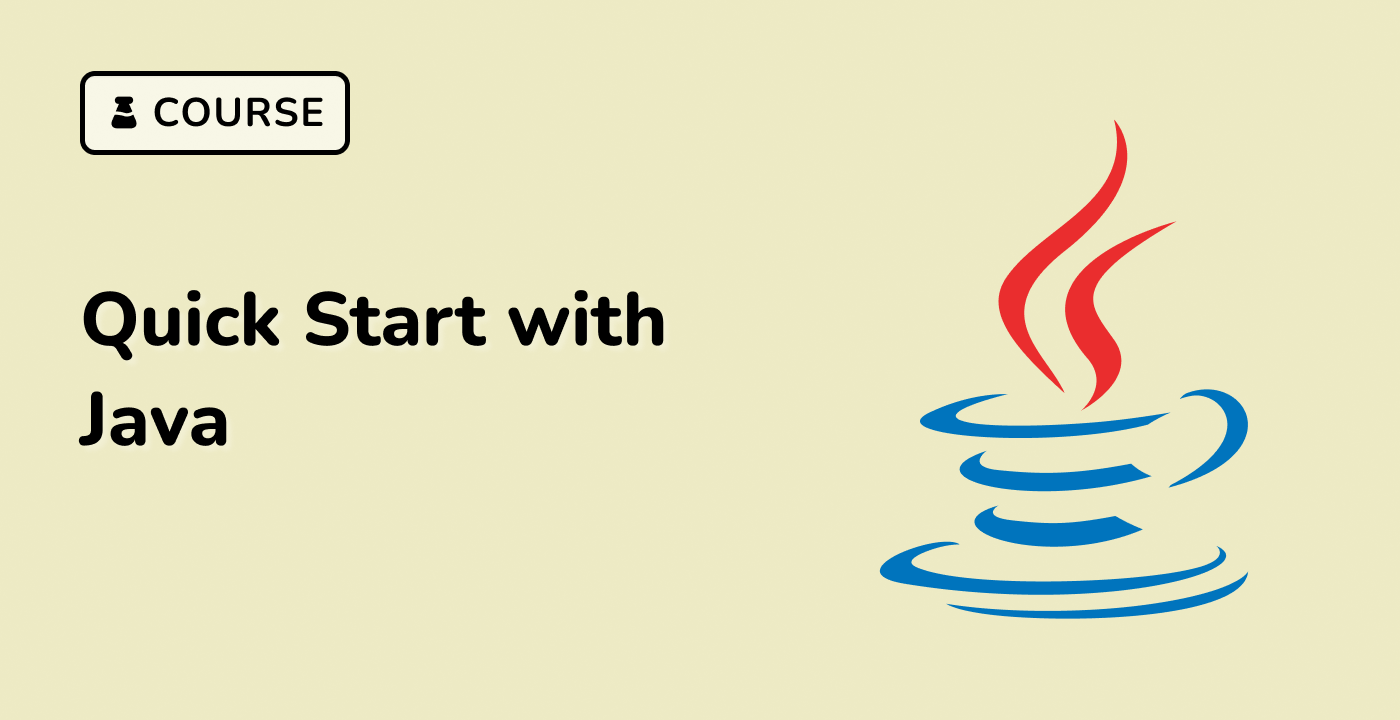Understanding Binary Numbers
What are Binary Numbers?
Binary numbers are a fundamental way of representing data in computing systems, using only two digits: 0 and 1. Unlike the decimal system we use in everyday life, which has 10 digits (0-9), binary is a base-2 number system that forms the foundation of digital computing.
Basic Principles of Binary Representation
In binary, each digit is called a "bit" (binary digit), and it can only have two possible values:
- 0 (representing "off" or "false")
- 1 (representing "on" or "true")
Binary Digit Positions
graph LR
A[Bit Position] --> B[2^7 | 2^6 | 2^5 | 2^4 | 2^3 | 2^2 | 2^1 | 2^0]
B --> C[128 | 64 | 32 | 16 | 8 | 4 | 2 | 1]
Converting Decimal to Binary
Here's a simple Java method to convert decimal to binary:
public class BinaryConverter {
public static String decimalToBinary(int decimal) {
return Integer.toBinaryString(decimal);
}
public static void main(String[] args) {
int number = 42;
String binaryRepresentation = decimalToBinary(number);
System.out.println(number + " in binary is: " + binaryRepresentation);
}
}
Binary Number Ranges
| Data Type |
Bits |
Minimum Value |
Maximum Value |
| byte |
8 |
-128 |
127 |
| short |
16 |
-32,768 |
32,767 |
| int |
32 |
-2^31 |
2^31 - 1 |
| long |
64 |
-2^63 |
2^63 - 1 |
Practical Applications
Binary numbers are crucial in:
- Computer memory representation
- Bitwise operations
- Network protocols
- Cryptography
- Digital signal processing
Why Binary Matters in Computing
At its core, binary represents the fundamental language of computers. Every piece of data - text, images, videos - is ultimately stored and processed as a sequence of 0s and 1s.
In LabEx learning environments, understanding binary is a key skill for aspiring programmers and computer scientists to master digital system fundamentals.




